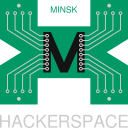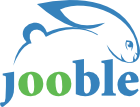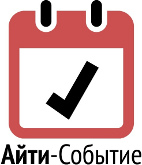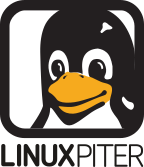Luwrain as a platform for distributing applications for handicapped people
LVEE 2014
Last years we can see the process when various vendors release applications, which typically play a role of clients for services, usually accessed through the Internet. These applications have a version for every popular platform, especially mobile, because it is the simplest way to bring particular service to user and make access easy and comfortable. Meantime, the problem remains actual in a context of accessibility questions. When new application of this type appears, usually there are no promises that it will be understandable by people with low vision or blind ones.
The problem is partially solved by accessibility features incorporated in particular platform but initial UI design anyway is prepared mostly for sighted people and disabled users are continuing to be in handicapped position, because there is still no any technology which could provide the interface completely suitable and understandable for them. Actually, the embedded accessibility features could be useful for people who have the experience of work with a particular platform as sighted user, because they do an assisting in terms (GUI, windows, dialogs, multitouch) of the interface, which the user should be already familiar with. Such prior explanation and introduction to new environment are sometimes difficult to do, especially for seniors or children born blind. Only the interface, which was designed for disabled users from scratch, could guarantee the complete access to services. The author thinks that it is especially important as we can see now the process of spreading the digital government services over all parts of the society as well as making popular various payment systems, which evidently could be very useful for everybody who is restricted in moving or consuming services in normal way.
From this point of view the accessible environment Luwrain can be considered as a platform for distributing accessible applications for blind and visually impaired people. The main advantage it can offer to potential application providers is that they do not need any experience in creating accessibility technologies. They may think of Luwrain as of a Java library which consists of classes representing the behavior of various controls, such as lists, trees, menus, forms etc, but in a way suitable for using by blind consumers. The purpose of every such class is clearly understandable and does not require any special knowledge or prior practice. The set of Luwrain classes to be created should be sufficient for constructing the interface of most applications which do not imply graphical and visual objects. Further, Luwrain library is written on Java SE and that makes possible its using on every platform with proper Java SE support. Besides that, since Java is involved in creating applications for Android, we may think that providers should have a lot of already written code on Java and the preparing of new front-end will be relatively easy and will not require significant amount of new resources for extra work.
Luwrain environment is designed in such way that gives the user the simplest and the most understandable method of interaction. When the user doesn’t see a picture on the screen he/she replaces it with the image in the imagination. Luwrain takes care that this artificial picture should be the most simple as it could be, because with these circumstances simplicity means all necessary properties — to be comfortable, elegant and time efficient. The portions of the information, transmitted from Luwrain to user, are also as minimal as it is possible to be sufficient. The information transmitted mostly through speech. The screen also contains the picture with the textual data reflecting the working object, but it plays mostly a supplementary role. In Luwrain there are no any objects or pieces of data, which are inaccessible without involving the monitor.
If potential user hasn’t any suitable operating system on the PC, that will not make impossible using the applications created for Luwrain, because Luwrain is distributed as a complete stand-alone Linux-based OS as well. The license of this ISO-image is free and the chosen legal status eliminates any barriers for users to have complete access to desired services. The bootable ISO image being described should be suited for installation without sighted help and should be shipped with accessible browser.
Finally, we would like to invite everybody who is interesting in developing this conception to discuss the question of creating the central repository or store for the applications designed for Luwrain. Having the single place to get applications from, handicapped consumers could get the generally new approach to Internet services which so far raised a lot of questions of compatibility with accessibility features.
Abstract licensed under Creative Commons Attribution-ShareAlike 3.0 license
Назад



































